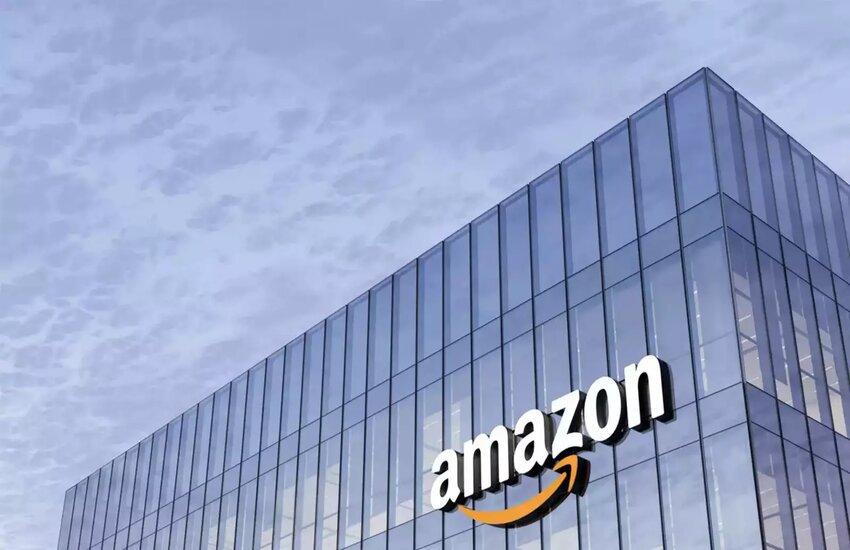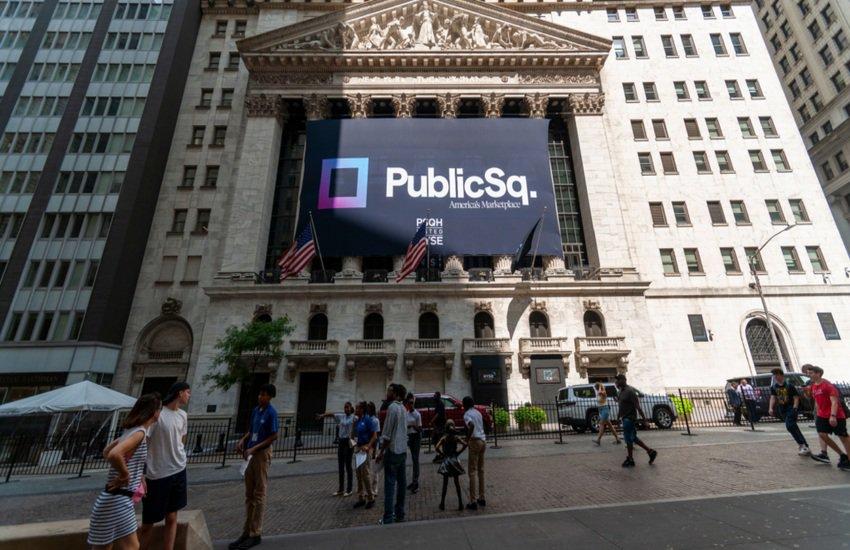Amazon (NASDAQ:AMZN) has been making aggressive moves in artificial intelligence, committing over $100 billion in capital expenditures for 2025 alone as per its recent earnings. This puts it ahead of rivals like Alphabet, Meta, and Microsoft, who have also ramped up their AI investments. However, this massive spending spree comes at a time when the company is facing key challenges in its retail and cloud businesses. Its latest earnings call highlighted double-digit revenue growth, but a cautious outlook on profits, as Amazon continues to pour billions into its AI and AWS segments. At the same time, its physical retail efforts remain lackluster, with the company quietly shutting down more Amazon Go convenience stores and shifting focus to licensing its cashier-less “Just Walk Out” technology rather than scaling its own brick-and-mortar footprint. While Amazon remains a dominant force in e-commerce and cloud computing, investors need to consider whether its AI gamble and ongoing struggles in physical retail are setting the company up for long-term success—or financial strain.
Amazon’s AI Spending Could Squeeze Margins For Years
Amazon’s capital expenditures are set to soar past $100 billion in 2025, far exceeding previous expectations. CEO Andy Jassy defended the aggressive spending, stating that AI represents a “once-in-a-lifetime” opportunity similar to the internet and cloud computing. However, this spending is largely tied to AI infrastructure and AWS expansion, areas that require substantial upfront investments with long-term payback periods. Amazon is betting that nearly every application will be infused with AI, but the company has yet to fully monetize these investments. Unlike its cloud computing segment, which generates high-margin revenues, AI infrastructure spending is capital-intensive and has lower near-term profitability. The company is also facing supply chain constraints for chips, servers, and power, further delaying monetization. While AWS revenue grew 19% year-over-year in Q4, AI-related revenue remains a fraction of total cloud revenue, raising questions about whether Amazon’s AI investments will yield meaningful profits before capital costs spiral further. This is particularly concerning given the rise of competitors like Microsoft and Google, which have been more strategic in deploying AI services while keeping their capital expenditures relatively more controlled. Amazon’s move to develop its own AI chips, including Trainium2 and Trainium3, could lower future AI-related costs, but the R&D expenses required to scale these efforts remain significant. Moreover, the broader AI market remains highly competitive, and Amazon’s ability to differentiate itself from existing solutions like Nvidia’s AI GPUs and Google’s AI models will be a key determinant of success. Investors should assess whether Amazon’s AI push will justify its costs or further erode operating margins in the coming years.
Struggles In Physical Retail Suggest Amazon Lacks A Viable Offline Strategy
Despite being the king of e-commerce, Amazon has repeatedly failed to establish a strong presence in physical retail. The company’s Amazon Go stores, which pioneered the “Just Walk Out” technology, have struggled to gain traction. Since early 2023, Amazon has shut down about half of its Go locations, and it is now pivoting to licensing its checkout-free technology to other retailers rather than expanding its own store network. The company has also closed bookstores, fashion outlets, and its “4-star” retail concept, indicating broader difficulties in cracking the physical retail market. Industry experts suggest Amazon’s warehouse and logistics-driven approach does not translate well into customer-facing retail experiences. Unlike traditional retailers that prioritize customer interaction, Amazon’s Go stores rely heavily on automation, which has proven to be a limiting factor in customer engagement and sales. Additionally, Amazon Go competes in an already saturated convenience store market, where well-established chains like 7-Eleven and local grocers dominate. The company’s efforts in grocery retail through Amazon Fresh and Whole Foods have also seen mixed results, with the company overhauling in-store experiences and replacing its initial Just Walk Out technology with “dash carts” due to customer friction. This suggests that Amazon still lacks a clear vision for its physical retail presence. While the company remains committed to grocery expansion, its continued store closures raise concerns about whether it can succeed in offline retail beyond Whole Foods. This could limit Amazon’s ability to diversify its revenue streams beyond e-commerce and AWS, making it more reliant on its core businesses while competitors expand into omnichannel retail models.
Growth In AWS & Advertising Is Strong, But Cost Pressures Are Mounting
Amazon’s AWS and advertising businesses remain key revenue drivers, with AWS reaching an annualized revenue run rate of $115 billion and advertising growing to $69 billion in 2024. However, AWS’s growth is being weighed down by supply chain constraints, rising power costs, and heavy infrastructure investments. During the latest earnings call, CEO Andy Jassy acknowledged that AWS could be growing faster if not for shortages in chips, power supply constraints, and delays in deploying custom AI chips. These infrastructure costs are expected to rise further as Amazon scales its AI capabilities, which could pressure AWS margins despite its leadership in the cloud market. Meanwhile, Amazon’s advertising business has been a bright spot, growing 18% year-over-year in Q4, but faces increasing competition from Google, Meta, and even Apple’s emerging ad network. Amazon has introduced multi-touch attribution models and AI-driven ad targeting to enhance its advertising platform, but it remains to be seen whether these innovations can sustain long-term double-digit growth in a competitive market. Additionally, Amazon’s broader fulfillment and logistics operations, while efficient, are still under cost pressure due to rising labor and transportation expenses. The company has been expanding its same-day delivery facilities and leveraging automation, but these initiatives require significant capital investments that will take time to yield cost efficiencies. Furthermore, Amazon’s move to shift more shipping volume to its in-house logistics network, reducing its reliance on UPS, suggests additional cost burdens in managing delivery infrastructure. While AWS and advertising remain growth engines, their ability to offset rising costs from AI, logistics, and retail operations will be a key factor in Amazon’s overall financial performance.
Final Thoughts

Source: Yahoo Finance
Amazon’s stock has seen a pullback since its earnings but has still shown a phenomenal appreciation over the past 6 months. Despite the cautious outlook, the company’s stock is valued at an LTM EV/ Revenue multiple of 3.85x, up from 3.02x in December 2023, clearly indicating an improvement in market perception regarding its future. However, its aggressive AI spending, struggles in physical retail, and rising infrastructure costs indicate that the company is facing a complex set of challenges. While AWS and advertising remain strong businesses, the company’s reliance on heavy capital expenditures and uncertain returns from AI investments could weigh on profitability in the coming years. Additionally, Amazon’s inability to establish a winning formula in physical retail raises questions about its ability to expand beyond e-commerce and cloud services. With over $100 billion earmarked for capital expenditures in 2025, Amazon’s next few years will be critical in determining whether its AI ambitions translate into sustainable long-term value or prolonged margin compression.













